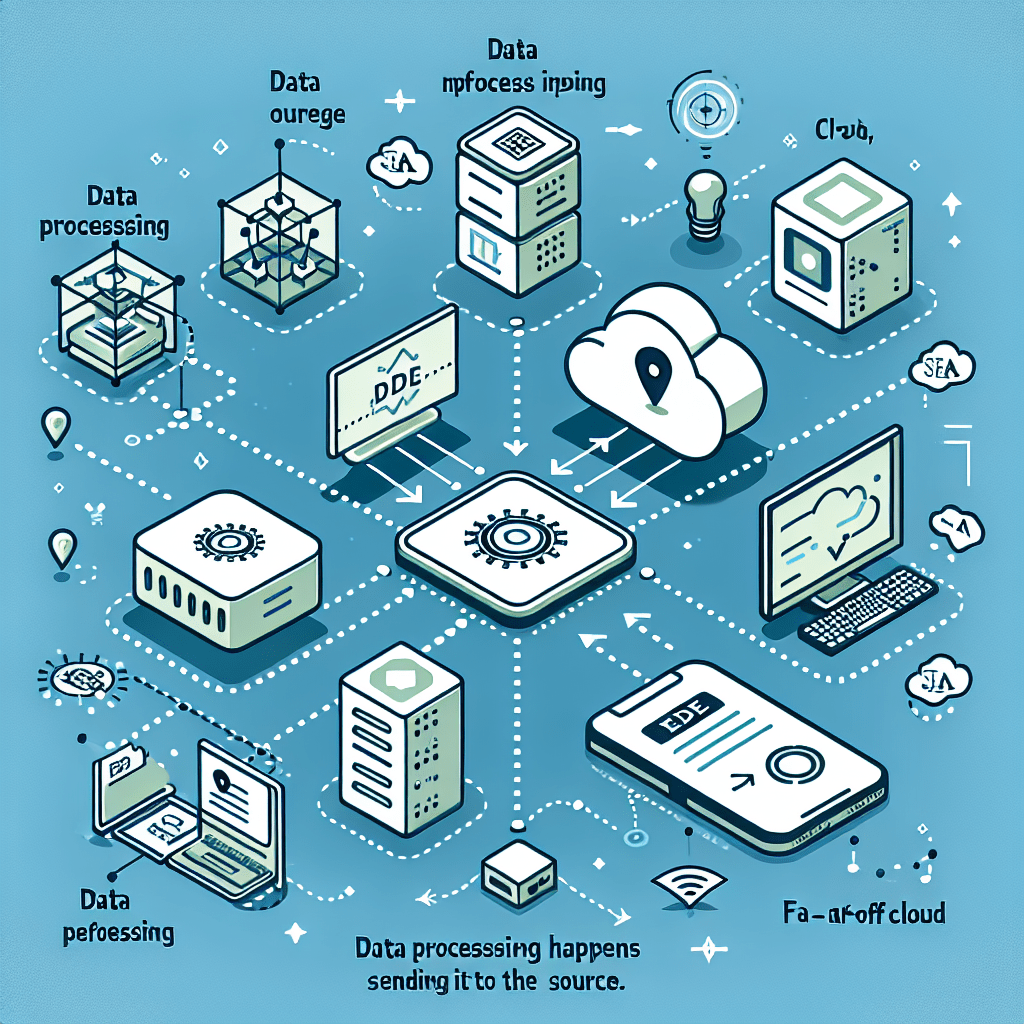The Evolution of Edge Computing: Decentralizing the Cloud
Table of Contents
- Understanding Edge Computing: A Primer
- Edge Computing vs. Cloud Computing
- How Edge Computing Empowers IoT
- Security Implications of Edge Computing
- Exploring the Benefits of Edge Computing in IoT
- Edge Computing in Rural and Remote Areas
- Environmental Impact of Edge Computing
- Cost-Effectiveness of Edge Computing
- Conclusion: The Future is at the Edge
Edge computing is transforming the way we handle data across different industries, making processes more efficient and data-driven decisions faster than ever before. If you’re curious about how this shift from centralized cloud architectures to localized edge computing models is unfolding, let me guide you through this exciting landscape.
Understanding Edge Computing: A Primer
Edge computing processes data near where it’s generated instead of relying on distant data centers. In my own work, I’ve seen how businesses harness real-time data processing to boost efficiency and make quicker decisions. This move towards edge computing is reshaping sectors by enabling faster responses and reducing the lag time that can hold back operations.
Edge Computing vs. Cloud Computing
While cloud computing depends on centralized data centers, edge computing decentralizes this model, bringing data processing closer to its source. This is crucial in scenarios where time is of the essence, such as in automated vehicle coordination or emergency response systems. The proximity of data processing units to operational fields significantly enhances speed and efficiency.
Real-World Example: Streamlined Operations in Manufacturing
Consider a manufacturing plant where edge computing offers on-the-spot data analysis, enabling quick adjustments on assembly lines. This reduces machine downtime and boosts product quality by allowing immediate corrections, which is a significant advantage over traditional methods where data analysis might lag.
How Edge Computing Empowers IoT
IoT devices generate enormous data that needs instant processing. Edge computing facilitates this by handling data locally, allowing devices to react swiftly to changes without waiting for server responses, dramatically improving system efficiency and user experiences.
Example: Smart Cities
In smart cities, edge computing can optimize traffic systems in real-time, adjusting signals to reduce congestion and streamline urban transit, which effectively makes cities more navigable and less chaotic.
Security Implications of Edge Computing
While edge computing offers numerous benefits, it also introduces new security challenges. The distributed nature of edge computing expands the potential attack surface. Strategies to mitigate these risks include robust encryption, regular updates, and advanced authentication methods to secure data and devices effectively.
Strategies to Mitigate Risks
- Employing strong encryption for data in transit to prevent interception.
- Keeping edge devices regularly updated to protect against vulnerabilities.
- Implementing multifactor authentication to enhance security at device access points.
Exploring the Benefits of Edge Computing in IoT
Edge computing significantly enhances the efficiency and responsiveness of IoT applications. It’s particularly transformative in sectors like healthcare and logistics, where immediate data analysis can lead to life-saving decisions and optimized operations.
Edge Computing in Rural and Remote Areas
Edge computing holds particular promise for improving services in remote areas, where connectivity issues might otherwise hinder data processing and service delivery. For example, in education, it can enable real-time, interactive learning experiences without high-speed internet.
Environmental Impact of Edge Computing
By processing data locally, edge computing can significantly reduce the energy used for long-distance data transmission, thus decreasing the carbon footprint associated with large data centers.
Cost-Effectiveness of Edge Computing
Edge computing also helps reduce costs by minimizing data transmission needs and allowing for the use of less powerful, less expensive processing hardware onsite, which can be a major saving for businesses.
Conclusion: The Future is at the Edge
Edge computing isn’t just a technological evolution; it’s a strategic revolution that redefines how and where we process data. This technology is set to become even more integrated into our daily lives, making its exploration and adoption essential for future advancements.

